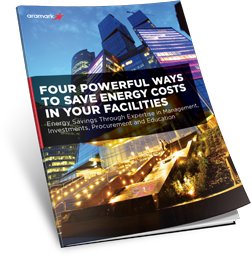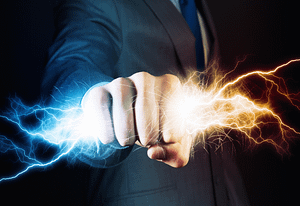Water power is the world’s biggest wellspring of sustainable power, creating around 16% of worldwide power in 2008(IEA 2010). Where conditions are good, hydropower can be a reasonable wellspring of an environmentally friendly power, frequently less expensive than petroleum products. Subsequently, hydropower has previously broadly evolved in many regions of the planet. Power to Choose helps to manage the business at the right cost with more profit.
Necessities of hydropower

Hydropower requires precipitation and rise change to deliver energy — wet, rocky regions give the best possibilities for hydropower. The all-out energy accessible from hydropower relies upon the volume of water accessible (stream), and its upward drop (head). Head and stream are substitutes for delivering hydropower: a given measure of force can be gotten with somewhat low stream and high head, or with high stream and low head. The best hydropower locales have both high head and high streams (like Niagara Falls). Such destinations give a lot of power for a moderately minimal price. Similarly to biomass, nonetheless, the energy capability of such destinations is limited. The International Energy Agency (IEA) gauges that in 2008, world hydropower creation was 3,288 TWh, or around 2-3% of all-out worldwide energy use 2008, while the specialized potential is multiple times more noteworthy at 16,400 TWh, identical to around 11% of 2008 worldwide energy use. A new U.S. Division of Energy report showed critical extra hydropower improvement likely in the United States without building new dams, by creating electrical age offices at existing dams
The degree of hydropower advancement changes extraordinarily by country
For instance, Switzerland has created 88% of its assessed specialized potential, Mexico has created 80%, and Norway has created 70%. China is assessed to have grown recently by 24% of its specialized potential, and the United States at 16% (IEA 2010). Where hydropower has long verifiable roots, a considerable lot of the best destinations have previously been created, and extra improvement will come at greater expense. Be that as it may, in a renewable energy world, energy costs might rise, which thus would make more destinations plausible for hydropower improvement. The other significant inquiry in hydropower’s financial aspects is outer expenses, especially those owing to dam development. Hydropower dams have two capabilities: to make vertical drops or head over a short flat distance and to store water to permit more noteworthy streams during seasons of high power interest. Water impoundments involve important land and profoundly modify normal riverine environments, changing living spaces and arrangement of other biological system administrations. In New England, for instance, the local salmon and shad populaces were diminished to some extent by dams obstructing relocation courses that fish utilized during production. Ecological externalities of hydropower can be relieved, however at an expense. Some hydropower offices have no dams. Water is essentially channeled from a higher height to bring down one, however, this might cost more than building a dam, particularly if there is a long flat separation from the high highlight to the low. Producing hydropower without a dam likewise implies renouncing water capacity, which is an important resource for matching energy market interest (examined underneath). The least and greatest changes to the regular waterway streams can likewise be laid out, so a stream’s biological system stays inside normal stream limits. Yet, this is probably going to mean renouncing power creation now and again, raising the expense of producing power.



